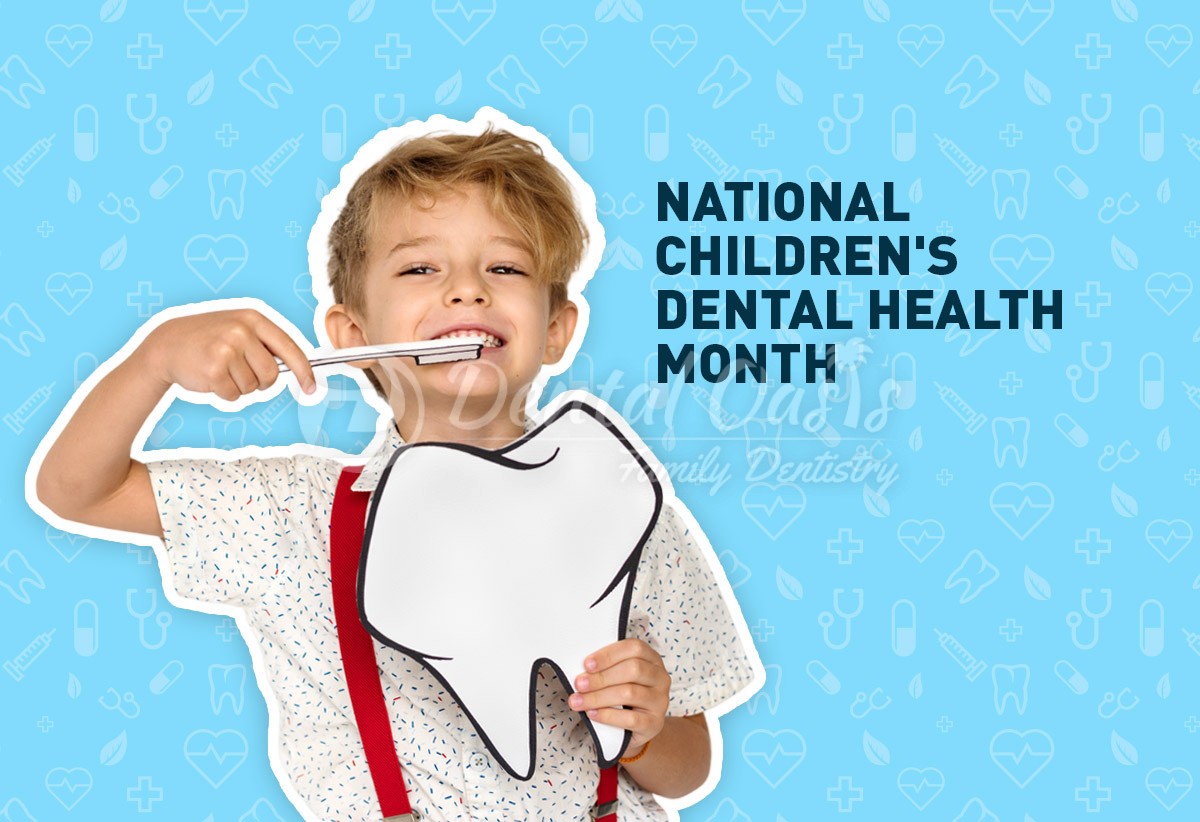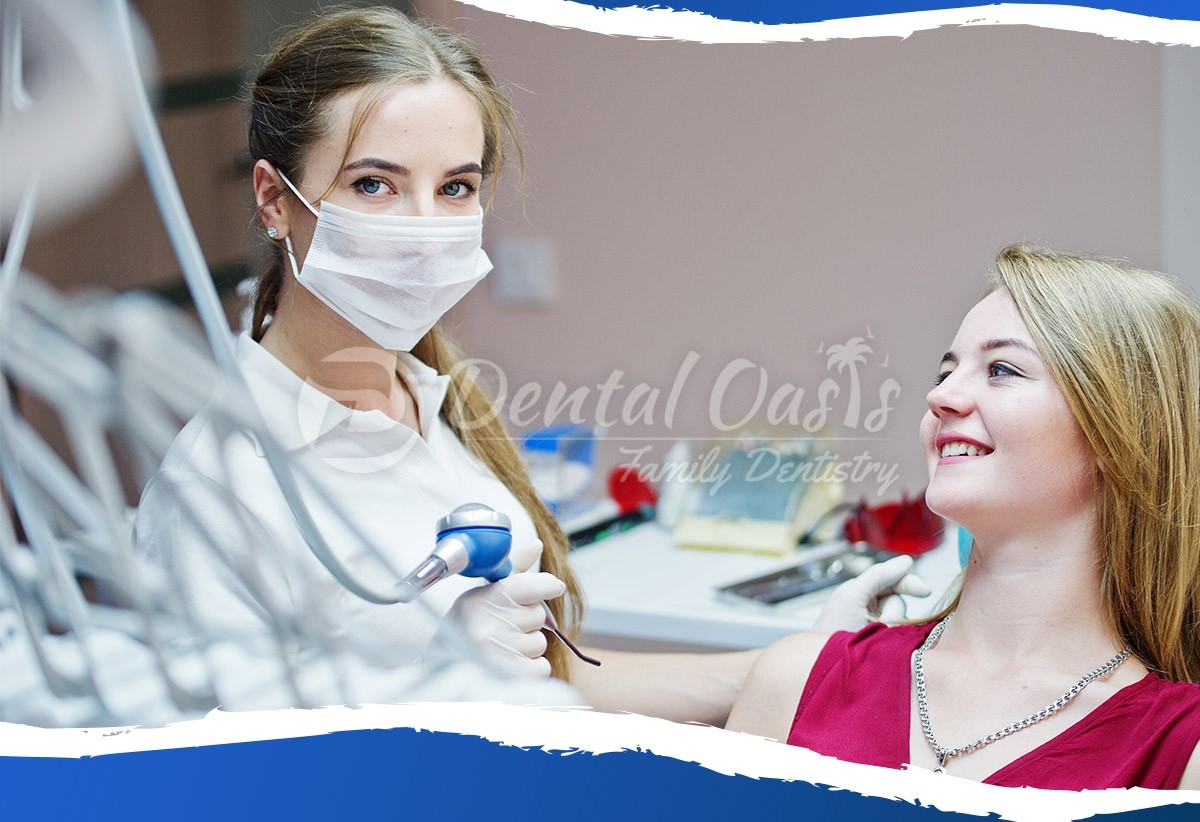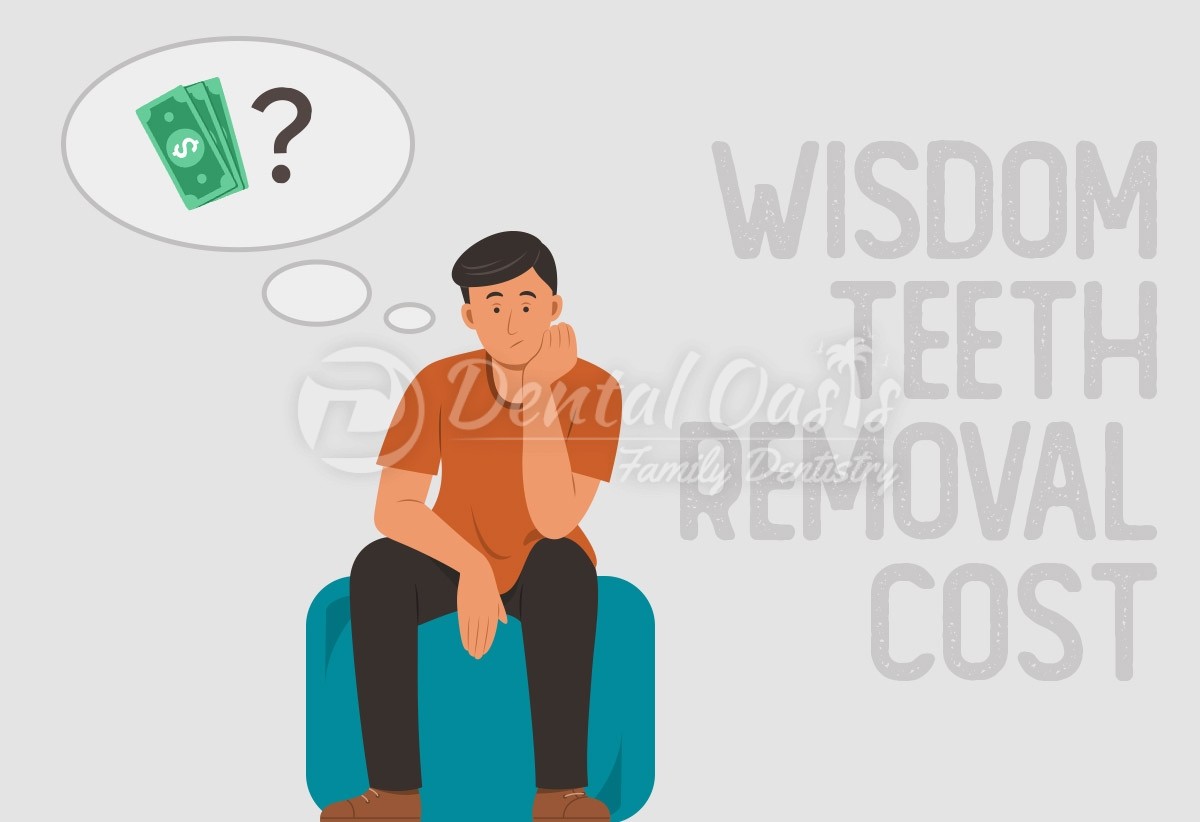National Children’s Dental Health Month: Facts, Figures, and How to celebrate it!

February is celebrated as National Children’s Dental Health Month. This month is dedicated to creating awareness about the importance of dental health and the essential measures to prevent dental diseases in children. Your child has equal risk of having dental diseases as you have. The parent is therefore responsible for taking care of their child’s oral health in the same way that they take care of their general health, such as through vaccinations and check-ups with a pediatrician. If you want to know more about national children’s dental health month and what you can do this month, continue to read this article. In March, you can also celebrate national dentist day.
Children’s Dental Health Month: Facts and Figures
Here are the facts and the figures you should know about the famous National Children’s Dental Health Month.
1. The History
National Children’s Dental Health Week celebrations were first held in February 1941 with a one-day event in Cleveland, Ohio and Akron, Ohio respectively.
Since then, the idea has expanded from a two-city event to a multi-state initiative. On February 8, 1949, the American Dental Association organized the first national celebration of Children’s Dental Health Day.
In 1955, the one-day celebration expanded to last for an entire week. A month-long celebration known as National Children’s Dental Health Month was added to the program in 1981. Since then, this awareness program is celebrated every year in February.
2. The Present State
Currently, millions of individuals in towns across the nation as well as at various military facilities are introduced to NCDHM messaging and getting benefits from it.
3. The Aim
The aim of this program is to educate parents and children about the importance of children’s oral health. It is crucial to know that in order to sustain good dental health throughout life, attitudes and behaviors must be formed early in life. Members of the dental team, parents, teachers and others are motivated to contribute to the yearly celebration of National Children’s Dental Health Month to help children maintain beautiful smiles for years to come.
Good dental health for children: Why is it important?
The American Academy of Pediatric Dentistry estimates that by the age of five, tooth decay will affect more than 50% of children. One of the most prevalent chronic disorders in children is tooth decay. Untreated dental decay can have detrimental effects, such as difficulties speaking, eating, and learning. Poor dental health in children frequently results in increased absences from school and decreased academic performance. Hence, good dental health is crucial for kids.
Parents often have a misconception that baby teeth (milk or primary teeth) aren’t important as they will fall off. The fact is that children’s primary teeth are equally important to their dental health as permanent ones. Baby teeth guide the permanent teeth to come out (eruption). The permanent teeth start appearing at the age of six to seven years and finish by the age of 11 to 12 years. Till then baby teeth are the only teeth children have for chewing.
Moreover, if a baby’s tooth falls off early due to cavities, or for any other reason the child loses the primary teeth before time, the risk of having crooked permanent teeth highly increases. The reason behind this is that baby teeth hold the spaces for permanent teeth. If they fall off before time, the space for the permanent ones gets disturbed. Therefore, baby teeth prevent your child from getting braces in the future by preventing crooked teeth.
Furthermore, baby teeth give you a beautiful smile. The child may lack self-confidence in school if his or her smile is poor because of decayed front teeth or lost baby teeth before time.
Keeping good dental health in children: What should I do?
Parents should know the basic do and don’ts for keeping their child’s teeth healthy and clean. They are discussed below.
Do’s for Children Dental Health
- Wipe your infant’s gum pads daily with a clean cotton cloth especially after breastfeeding.
- Brushing should be started after the eruption of the first baby tooth. Before two years of age use non-fluoridated toothpaste. After that fluoride toothpaste is recommended. Fluoride content can be easily seen in the ingredient section of the toothpaste packet.
- Give your child fresh fruits and vegetables to eat for snacking.
- Motivate children to brush two times daily and floss once a day. Flossing is not required for baby teeth because teeth contacts are not tight and natural gaps are present to provide space for future permanent teeth. But flossing is required for permanent teeth, so for teenagers with full permanent ones, flossing once a day is absolutely needed.
- Assist your child in brushing up to six years of age. It is a fact that until your child learns to tie their shoelaces, they cannot brush their teeth.
- Make an appointment for your child’s first dental checkup before their first birthday or soon after their first tooth erupts.
- Drinking fluoride tap water also protects from dental decay. Fluoride in tap water (community water fluoridation) helps to repair the tooth’s surface.
- Visit your dentist to know if your child needs sealants that can prevent the occurrence of cavities.
Don’ts Children Dental Health
- Avoid putting infants to sleep with a bottle.
- Do not use a silicone finger brush to clean your toddler’s baby teeth. A baby toothbrush should be used instead.
- Do not use a whole lot of toothpaste for brushing. A very small amount of pea size toothpaste is more than enough for your child’s teeth.
- Avoid sticky and sugary foods.
- Avoid soda or juice at mealtimes, offer water instead.
National Children’s Dental Health Month: How to celebrate It?
National Children’s Dental Health Month is celebrated in several ways. There are frequent poster, coloring, and essay competitions, health fairs, free dental exams, museum exhibitions, lectures in the classroom, and tours of dental offices as part of local celebrations. These visual aids educate children about their oral health in a fun and interesting way. The parents, children, and caregivers are educated about the correct brushing techniques, the measures to take to make dental health good, the importance of dental health, and visits to the dentist, etc.
Conclusion
National Children’s Dental Health Month is a great step toward creating awareness about dental health in children. By actively participating in these programs, one can gain more knowledge about how to keep oral health intact and prevent dental diseases in the future, like tooth decay and gum disease.
If you are living in Pleasanton or any areas nearby Pleasanton, then you should contact Dr. Sharda Patel who provides pediatric dentistry services which focus on your child’s healthy and happy smiles. If you want a consultation for your child’s health, feel free to call at 925-846-4491 or schedule dental appointment now.







